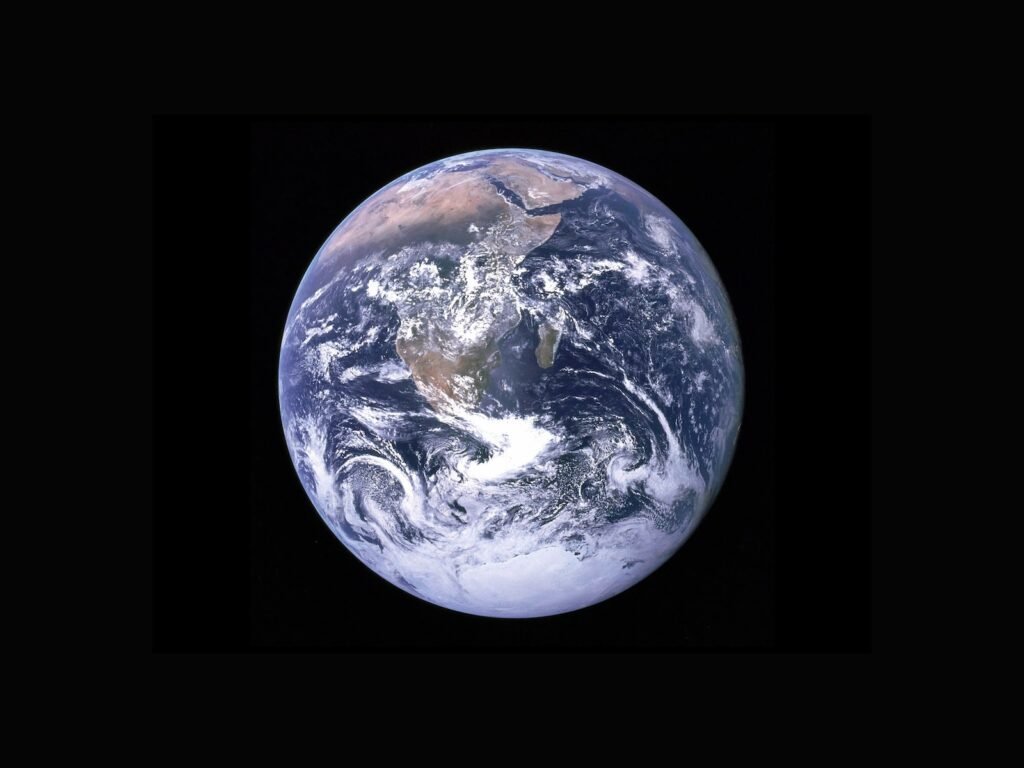Unveiling the Age of Earth
The age of Earth, estimated to be approximately 4.54 billion years, is a fascinating aspect of our planet’s history. Through various scientific methods, researchers have been able to uncover the secrets of Earth’s past, offering a glimpse into the incredible journey our planet has taken over billions of years. From the formation of Earth to the shaping of its landscape, the age of Earth is a remarkable story that continues to captivate scientists and enthusiasts alike.

Geological Time Scale: A Window into Earth’s Past
The geological time scale is like a grand timeline that helps us understand the history of our planet. It divides Earth’s history into different periods and epochs, each characterized by distinct geological events and life forms. By analyzing the layers of rock, fossils, and other geological features, scientists have been able to reconstruct a comprehensive timeline of Earth’s past, providing valuable insights into its age and development.
Formation of Earth: Unraveling Mysteries of the Past
The formation of Earth is a complex and awe-inspiring process that occurred billions of years ago. Scientists believe that our planet was born from the remnants of a massive cloud of gas and dust called the solar nebula. Over time, this cloud collapsed under its own gravity, forming a swirling disk of material. Within this disk, particles collided and fused together to form larger bodies known as planetesimals. Eventually, these planetesimals merged to form Earth, marking the beginning of our planet’s remarkable journey.
Radiometric Dating: Key to Determining Earth’s Age
Radiometric dating is a crucial method used to determine the age of Earth. This technique relies on the decay of radioactive isotopes found in rocks and minerals. By measuring the ratio of parent isotopes to daughter isotopes, scientists can calculate the amount of time that has passed since the rock or mineral formed. Radiometric dating has provided invaluable insights into Earth’s age, confirming the estimated age of 4.54 billion years.
Impact Craters: Clues from Celestial Collisions
Impact craters are evidence of celestial collisions that have occurred throughout Earth’s history. These craters, left by asteroids or comets crashing into the surface, can provide valuable information about the age of Earth. By studying the size, shape, and distribution of impact craters, scientists can estimate the frequency and intensity of past collisions, shedding light on the early history of our planet.
Fossil Records: Tracing Life’s Journey through Time
Fossils are like snapshots of Earth’s past, capturing the remains of ancient life forms that once roamed the planet. By studying the fossil record, scientists can trace the evolution and diversification of life throughout Earth’s history. Fossils also provide important clues about the age of Earth, as they can be used to determine the relative ages of rocks and the organisms preserved within them.
Plate Tectonics: Shaping Earth’s Landscape over Billions of Years
Plate tectonics is a fundamental process that has shaped Earth’s landscape over billions of years. It involves the movement and interaction of large sections of Earth’s crust, known as tectonic plates. These plates can collide, separate, or slide past each other, leading to the formation of mountains, ocean basins, and other geological features. The study of plate tectonics provides valuable insights into Earth’s age, as the movement of tectonic plates has occurred over vast periods of time.
Ancient Rocks: Insights into Earth’s Early History
Ancient rocks, dating back billions of years, are like time capsules that offer insights into Earth’s early history. These rocks, found in various parts of the world, contain valuable information about the conditions and processes that shaped our planet during its formative years. By studying the composition, structure, and age of ancient rocks, scientists can gain a deeper understanding of Earth’s origins and the forces that have shaped it over time.
Ice Cores: Preserving Earth’s Climate Secrets
Ice cores are unique records of Earth’s climate history. By drilling deep into ice sheets in polar regions, scientists can extract long cylinders of ice that contain layers representing different periods of Earth’s past. These ice cores preserve valuable information about past climates, including atmospheric composition, temperature, and even traces of ancient life. By analyzing the composition of ice cores, scientists can gain insights into Earth’s climate changes over thousands of years, providing further evidence for the age of our planet.
The Age of Earth: A Remarkable Journey through Time
The age of Earth, estimated to be 4.54 billion years, represents a remarkable journey through time. From its formation to the present day, Earth has undergone countless changes and transformations that have shaped the planet we know today. Through the use of scientific techniques such as radiometric dating, the study of impact craters, fossil records, plate tectonics, ancient rocks, and ice cores, scientists continue to uncover the mysteries of Earth’s past, giving us a deeper appreciation for the age and complexity of our planet.
Understanding the age of Earth is not only a scientific endeavor but also a testament to our curiosity about the world we inhabit. By unraveling the secrets of our planet’s past, we gain a better understanding of Earth’s history and the forces that have shaped it. The remarkable journey of Earth, spanning billions of years, is a testament to the intricate and interconnected processes that have allowed life to thrive and evolve. As we continue to explore, analyze, and learn, we deepen our appreciation for the age and beauty of our home planet.